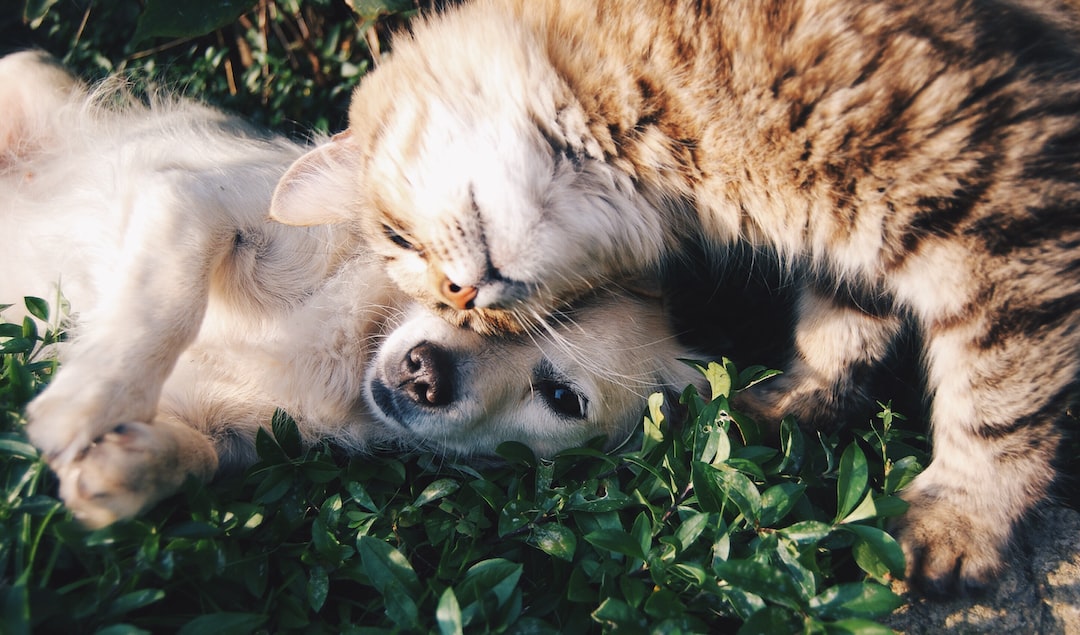The Do’s and Don’ts of Pet Grooming: A Guide to Keeping Your Pet Clean and Healthy
As pet owners, we have a responsibility to ensure that our furry friends are healthy and well-groomed. Regular grooming not only keeps your pet looking clean and adorable, but it also promotes their overall health and well-being. Here are some important do’s and don’ts of pet grooming that every pet owner should be aware of:
1. DO regular brushing: Brushing your pet’s coat regularly has numerous benefits. It helps to remove loose fur, prevents matting, and stimulates the production of natural oils, which keep their coat healthy and shiny. Additionally, brushing helps to distribute these oils, preventing dry skin and reducing the risk of allergies. Make sure to use the appropriate brush for your pet’s coat type and brush gently to avoid hurting their skin.
2. DON’T skip bathing: Bathing your pet is an essential part of their grooming routine. However, it’s important not to overdo it as excessive bathing can strip away the natural oils from their skin, leading to dry and itchy skin. The frequency of bathing depends on the type of pet and their coat. Generally, once a month is sufficient for most pets. Use a pet-specific shampoo and warm water, and always remember to rinse thoroughly to avoid any residue that might irritate their skin.
3. DO trim their nails: Overgrown nails can cause discomfort and pain to your pet, affecting their ability to walk properly. Regular nail trimming is important to prevent issues such as ingrown nails or broken nails. Take care not to cut the quick, which is a blood vessel inside the nail. If you are unsure, seek the guidance of a professional groomer or your veterinarian.
4. DON’T neglect dental hygiene: Dental health is often overlooked but vital to your pet’s overall well-being. Dental problems can lead to serious health issues, such as heart disease and kidney infections. Brush your pet’s teeth regularly using a toothbrush and pet-friendly toothpaste. Additionally, provide them with dental treats and toys designed to improve their dental health. Routine dental check-ups with your veterinarian are also recommended.
5. DO check and clean their ears: Regularly inspect your pet’s ears for any signs of infection, redness, or discharge. Cleaning their ears is also important to prevent the buildup of wax, dirt, and bacteria. Use a pet-specific ear cleaner and gently wipe the outer ear with cotton balls or gauze. Avoid inserting anything into the ear canal, as this can cause injury.
6. DON’T ignore parasites: Parasites, such as fleas and ticks, can cause severe discomfort and transmit diseases to your pet and even to you. Use monthly preventive treatments recommended by your veterinarian to protect your pet from these pesky parasites. Regularly check your pet’s fur for any signs of fleas or ticks, especially during warmer months. If you notice any parasites, consult your veterinarian for appropriate treatment options.
7. DO give them regular breaks: Grooming sessions can be tiring for your pet, so it’s important to give them regular breaks. Pay attention to their body language and behavior during grooming. If they appear stressed or uncomfortable, take a break and resume later or split the grooming sessions into shorter durations. Make sure to reward them with treats and praise to make the experience positive.
8. DON’T use human grooming products: Avoid using human grooming products on your pets, as they can be harmful to their skin and health. Human shampoos, conditioners, and perfumes may contain ingredients that are toxic to pets. Always choose products specifically formulated for pets, as they are designed to meet their unique needs.
Remember, proper grooming contributes to the overall health and well-being of your pet. Follow these do’s and don’ts of pet grooming to ensure that your four-legged friend stays clean, healthy, and happy for years to come. If you are unsure or need guidance, consult your veterinarian or seek the help of a professional groomer who can provide expert advice and services tailored to your pet’s needs.

